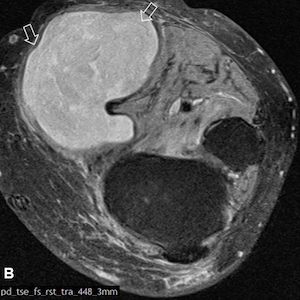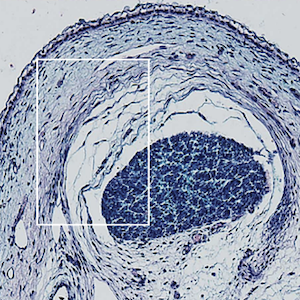Ultrasound imaging in crystal arthropathies: a pictorial review

All claims expressed in this article are solely those of the authors and do not necessarily represent those of their affiliated organizations, or those of the publisher, the editors and the reviewers. Any product that may be evaluated in this article or claim that may be made by its manufacturer is not guaranteed or endorsed by the publisher.
Authors
Objective. The prevalence of crystal arthropathies in the general population is rising. The purpose of this pictorial study is to describe the sonographic elements of the most prevalent crystal arthropathies by emphasizing particular sonographic findings using illustrative images and cases while considering technical details and common pitfalls.
Methods. Using established recommendations, specialists in the fields of sonography and crystal arthropathies agreed by consensus on the unique ultrasound signs associated with each of the conditions.
Results. Gout, calcium pyrophosphate deposition arthropathy, and hydroxyapatite arthropathy are the three most prevalent crystal arthropathies. Today’s high-resolution sonography enables reliable evaluation of the underlying crystal deposits, post-inflammatory changes, and a precise description of joint inflammation.
Conclusions. High-prevalence crystal arthropathies are reliably detectable by ultrasound with current ultrasound equipment. It is necessary to have extensive ultrasound training, know specific sonographic findings, and understand all possible differential diagnoses for disorders affecting the musculoskeletal system.

This work is licensed under a Creative Commons Attribution-NonCommercial 4.0 International License.
PAGEPress has chosen to apply the Creative Commons Attribution NonCommercial 4.0 International License (CC BY-NC 4.0) to all manuscripts to be published.










